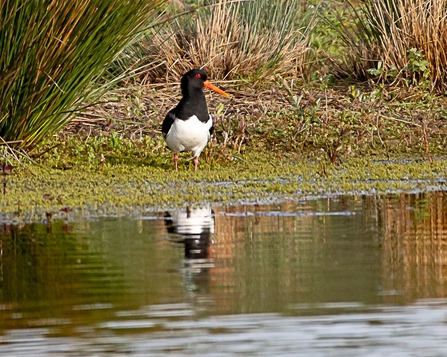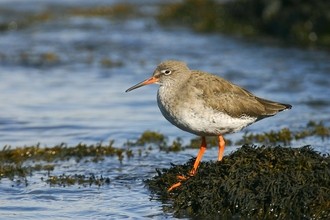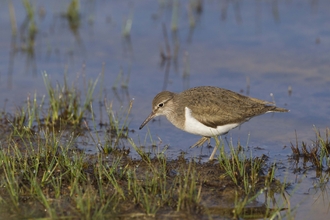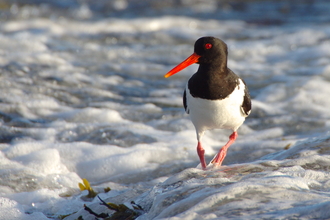What's the history?
Before Brockholes became a nature reserve, the strip of land between the path and the lakes was disturbed by quarrying.
The land then got re-profiled and the plants naturally colonised on the bare ground. A tussocky mix of tall herbs and grasses established, and this was good for botany and invertebrates.
When the Lancashire Wildlife Trust took over Brockholes, we left the land unmanaged (we had no means of managing it), and in time, willow and Alder tree seedlings colonised as their seeds blow in the wind and grow throughout the whole area. These then quickly grew into big shrubs.





